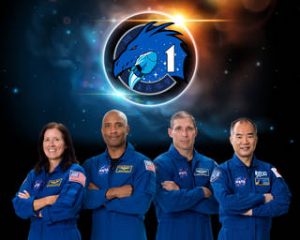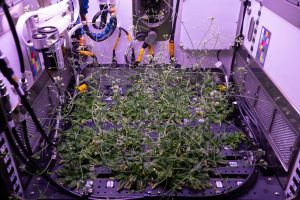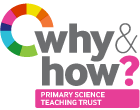Plants in Space
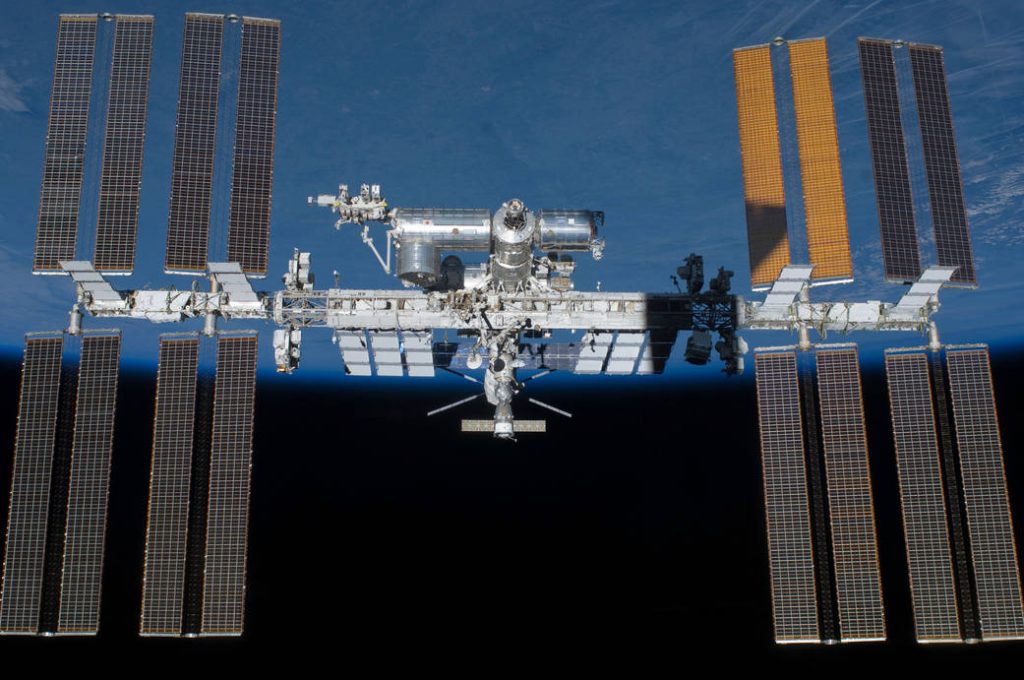
The upcoming NASA/SpaceX launch, which sends 4 astronauts to the International Space Station, and the planned science investigations for the ISS, provide an excellent stimulus for children to investigate conditions that affect plant germination and growth.
PSTT Programme Director Sue Martin considers one of the investigations on this mission and how children can be inspired by, and learn alongside, the astronauts.
Regular Wow Science followers will know that I have a love of all things space-related. So I am buzzing at the moment with the impending departure of the NASA/Space-X Crew-1 launch, carrying astronauts on ‘Expedition 64’ to the International Space Station. Earlier in the year, we watched a Falcon X rocket send another Crew Dragon capsule on a similar voyage during the ‘Demo-2’ mission. All being well, tomorrow’s planned launch will take 4 astronauts (Commander Michael Hopkins, Pilot Victor Glover, Mission Specialist Shannon Walker, and Japan Aerospace Exploration Agency Mission Specialist Soichi Noguchi – pictured below) to the ISS, arriving, after an 8.5 hour journey, on Sunday.
The crew is scheduled to spend 6 months on the ISS. NASA explains that ‘This expedition will include research investigations focused on biology, Earth science, human research, physical sciences, and technology development, providing the foundation for continuing human spaceflight beyond low-Earth orbit to the Moon and Mars.’
You can read details about the expedition here.
One focus on this expedition will be an investigation into how radishes fare in space. Given the drive to take humans back to the Moon and to Mars, discovering as much as possible about plant behaviour in space is an important step to ensuring nutritious food may be produced sustainably. NASA’s ‘Plant Habitat-02’ investigations are intended to add to its understanding of the effects of gravity, atmospheric and soil conditions on plant growth. Specifically, these particular investigations will focus on exploring light and soil conditions.
What is the relevance for primary science?
Teachers/parents can use this as a wonderful stimulus for children to design similar investigations and gather data on Earth. You could start by discussing why this information would also be of value to NASA. Ask the children why they think NASA are testing radishes (these are nutritious and quick growing). On the ISS, the astronauts have access to an ‘Advanced Plant Habitat’ – this is a chamber for growing plants that contains many sensors to monitor and control water, light levels, gas levels (e.g. oxygen CO2) and temperature (figure 1). The habitat has already been used to grow Arabidopsis, which are small flowering plants related to cabbage and mustard, and dwarf wheat.
Whilst children cannot explore the effects of changes in gravity, they can easily set up their own experiments to gather data about changing light levels (or colours) and soil conditions. Encouraging the children to explore their own ideas about how they can make appropriate changes to light or soil conditions will help them see themselves as real scientists, develop their skills in working scientifically and capitalises on many children’s interest in space and space travel.
As background information, children might be interested to learn that other investigations into plant behaviour are still underway, with testing on crops including red romaine lettuce, extra dwarf pak choi and amara mustard started in March 2016 and due to conclude in Apr 2021. You can read more about these tests here.
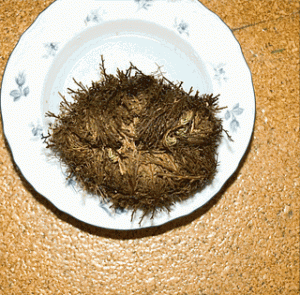
Figure 2. Click image to see changes in the ‘Rose of Jericho’ resurrection plant. Accessed under CC3.0 here
In 2014, investigations were undertaken to compare ‘resurrection plants’ grown on the ISS with those on Earth. These plants are fascinating as they are able to lie dormant with no requirement for water or light and ‘spring to life’ when this is supplied; they provide a really good discussion starter when considering conditions needed for life. Selaginella lepidophylla (’Rose of Jericho’) is cheap and widely available. Providing examples that challenge children’s understanding and perception encourage them to think more critically. Ask the children to discuss why plants that behave in this way might be useful in space.
Many teachers and children will also remember the ‘Rocket Seeds’ investigation for schools during Tim Peake’s mission. 600,000 children were involved in this project and compared their own seeds’ growth with those taken onto the ISS by Tim; they discovered there was only a slight difference in germination and growth. Involvement in this project raised the profile of science in many primary schools throughout the UK and has inspired many children.
Space exploration provides one of very many opportunities for children to consider the work of scientists and to see themselves in this role. If you would like to consider others, look no further than PSTT’s ‘I bet you didn’t know…’ resource, which provides articles from cutting edge research in language that primary school children can understand, along with teacher guides/presentations to help teachers provide experiences for the children to explore the research with their own investigations.
On the Wow Science website, we have lots of film clips, experiments and activity resources linked to plants – take a look here.
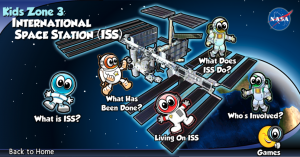 And if your children would like to know more about life on the ISS, take a look at this NASA resource, found here.
And if your children would like to know more about life on the ISS, take a look at this NASA resource, found here.
Back to blog
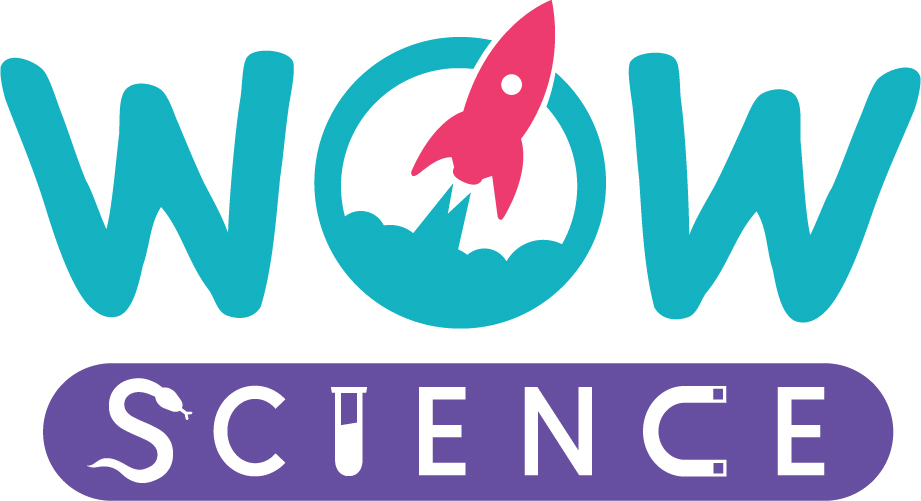


 QUICK
QUICK
 MEDIUM
MEDIUM LONG
LONG
